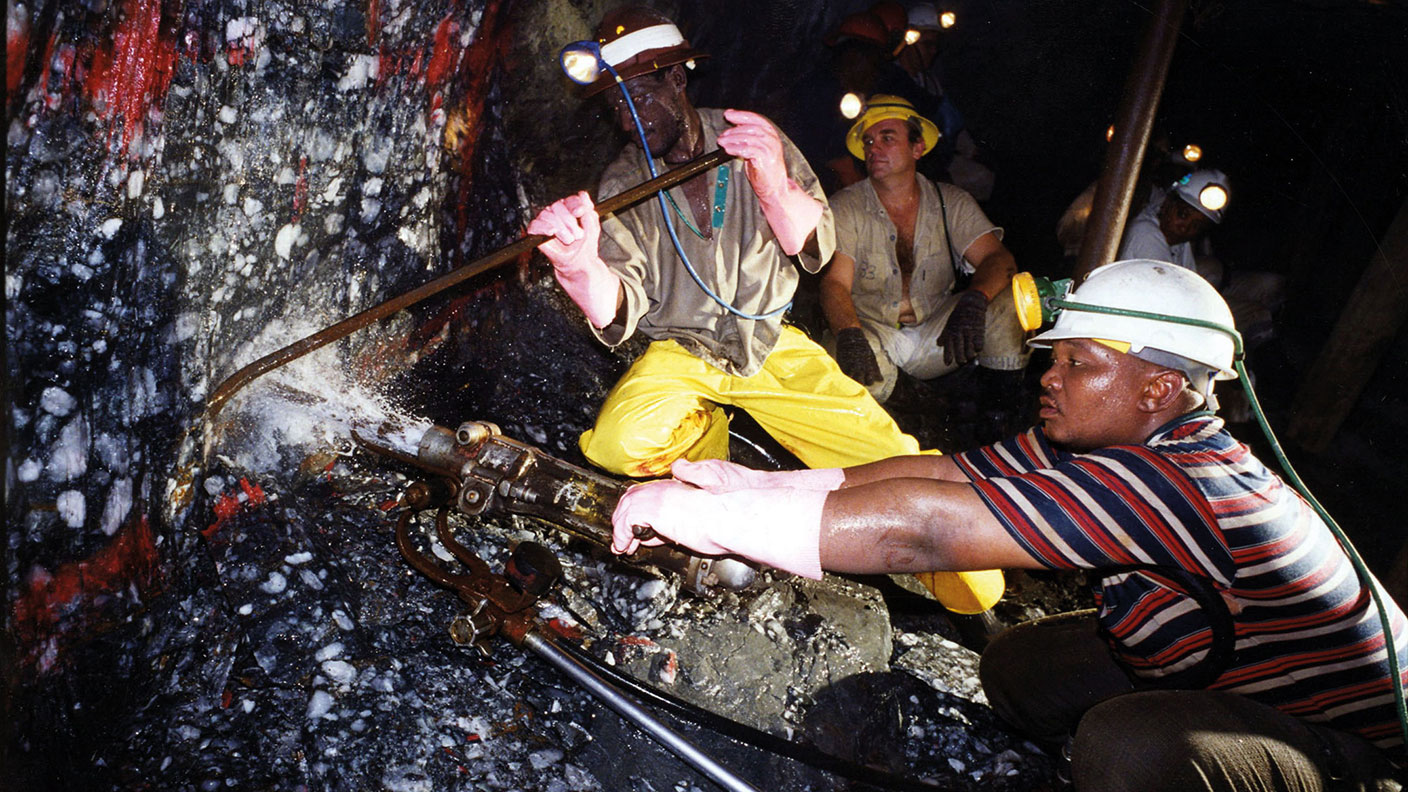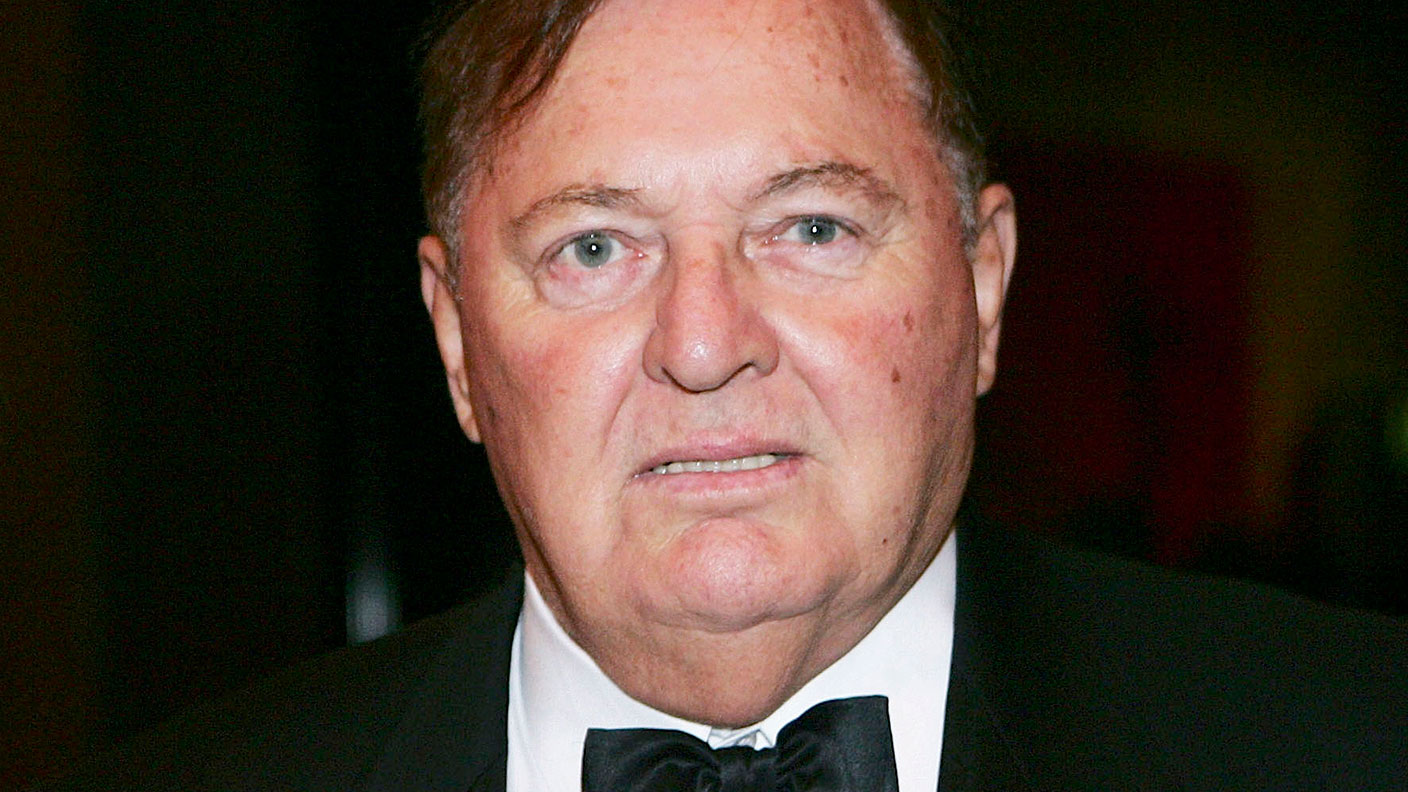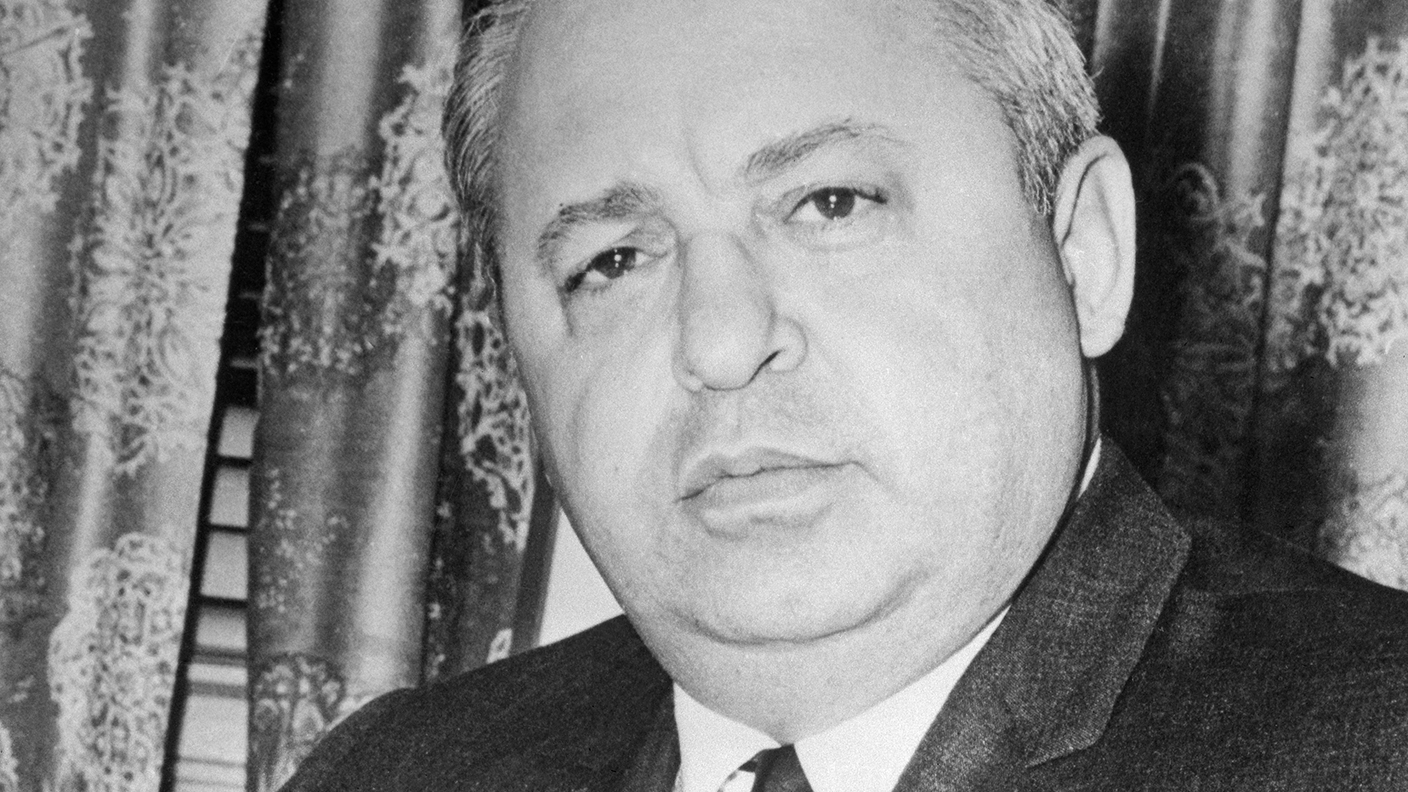Great frauds in history: Prescott Jernegan’s gold hoax
Prescott Jernegan claimed to be able to extract gold from seawater. He couldn't, of course. But he persuaded an awful lot of people that he could

Prescott Jernegan was born in December 1866 and as a toddler spent a few years on his father's whaling ship before his family settled in Edgartown, Massachusetts. Jernegan later graduated from Brown University and briefly worked as a schoolteacher before attending Newton Theological Seminary and becoming a Baptist preacher. His preaching proved controversial and he struggled to earn enough money.
One day, while recovering from typhoid fever, he had a dream about seawater turning into gold. Hooking up with childhood friend Charles Fisher, he later claimed to have found a way to extract gold from seawater at a reasonable cost. (Seawater does in fact contain gold, but in such low concentrations that extraction is uneconomic.)
The pair set up the Electrolytic Marine Salts Company in 1897 and raised $900,000 ($28m in today's money) to set up a "gold extraction factory' in Lubec, Maine.
MoneyWeek
Subscribe to MoneyWeek today and get your first six magazine issues absolutely FREE

Sign up to Money Morning
Don't miss the latest investment and personal finances news, market analysis, plus money-saving tips with our free twice-daily newsletter
Don't miss the latest investment and personal finances news, market analysis, plus money-saving tips with our free twice-daily newsletter
What was the scam?
As Jernegan would later admit, the company's scientific apparatus was an elaborate sham intended to give the impression that something was going on, rather than producing any actual gold. In order to give the impression that gold was being extracted from the seawater, gold flakes were covertly added to the early samples produced by the machine. Later, to keep the deception going, the duo would spend $2,000 a week on gold, which was sent to the Boston offices of their company, to be mixed in with the material produced from the Lubec factory.
What happened next?
The scheme came to a messy end when William Phelan, a private detective who had been involved in setting up the original scam, attempted to blackmail the duo. When they refused to pay him, he revealed in The New York Herald how they had gone about deceiving investors, causing Fisher and Jernegan to flee to France. Initially Jernegan pretended that he was searching for Fisher, who was needed to operate the machinery. He then vanished, though not before returning $150,000 that he had taken from the company before his disappearance.
Lessons for investors
Thanks to Jernegan's fit of conscience and the sale of land and equipment, thousands of investors managed to recover around a third of their original investment. Those who bought shares in the company at the peak of the market would lose much more. The scam was fuelled by the publicity generated by the Alaskan Gold Rush of 1896-1899) a lesson that bubbles and booms provide fertile ground for scams and deception.
Get the latest financial news, insights and expert analysis from our award-winning MoneyWeek team, to help you understand what really matters when it comes to your finances.

-
 How cancelling unused direct debits could boost your pension by £37,000
How cancelling unused direct debits could boost your pension by £37,000A new year refresh of your spending could save you money and help boost your pension pot.
-
 NS&I cuts interest rates on 8 savings accounts
NS&I cuts interest rates on 8 savings accountsNS&I will now offer less attractive interest rates for customers wishing to lock their savings away to grow for one, two, three or five years.
-
Christopher Columbus Wilson: the spiv who cashed in on new-fangled radios
Profiles Christopher Columbus Wilson gave radios away to drum up business in his United Wireless Telegraph Company. The company went bankrupt and Wilson was convicted of fraud.
-
 Great frauds in history: Philip Arnold’s big diamond hoax
Great frauds in history: Philip Arnold’s big diamond hoaxProfiles Philip Arnold and his cousin John Slack lured investors into their mining company by claiming to have discovered large deposit of diamonds. There were no diamonds.
-
Great frauds in history: John MacGregor’s dodgy loans
Profiles When the Royal British Bank fell on hard times, founder John MacGregor started falsifying the accounts and paying dividends out of capital. The bank finally collapsed with liabilities of £539,131
-
Great frauds in history: the Independent West Middlesex Fire and Life Assurance Company's early Ponzi scheme
Profiles The Independent West Middlesex Fire and Life Assurance Company (IWM) offered annuities and life insurance policies at rates that proved too good to be true – thousands of policyholders who had handed over large sums were left with nothing.
-
 Great frauds in history: Alan Bond’s debt-fuelled empire
Great frauds in history: Alan Bond’s debt-fuelled empireProfiles Alan Bond built an empire that encompassed brewing, mining, television on unsustainable amounts of debt, which led to his downfall and imprisonment.
-
 Great frauds in history: Martin Grass’s debt binge
Great frauds in history: Martin Grass’s debt bingeProfiles AS CEO of pharmacy chain Rite Aid. Martin Grass borrowed heavily to fund a string of acquisitions, then cooked the books to manage the debt, inflating profits by $1.6bn.
-
 Great frauds in history: Tino De Angelis’ salad-oil scam
Great frauds in history: Tino De Angelis’ salad-oil scamProfiles Anthony “Tino” De Angelis decided to corner the market in soybean oil and borrowed large amounts of money secured against the salad oil in his company’s storage tanks. Salad oil that turned out to be water.
-
 Great frauds in history: Gerard Lee Bevan’s dangerous debts
Great frauds in history: Gerard Lee Bevan’s dangerous debtsProfiles Gerard Lee Bevan bankrupted a stockbroker and an insurer, wiping out shareholders and partners alike.